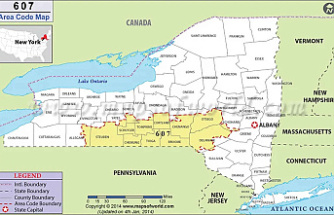COLUMBUS, Ohio - Ohio's public universities are making progress in saving money and collaborating but much more needs to be done, according to a report from a task force that studied affordability and efficiency.
Ohio college tuition and fees remains 6 percent above the national average, say members of the Ohio Task Force on Affordability and Efficiency in Higher Education, which Gov. John Kasich established in 2015 to recommend ways public colleges can be more efficient and productive.
"Regardless of the origins of the problem, the result is unacceptable," states the report released Thursday. "Ohio's colleges and universities hold an unmistakable obligation to do everything in their realm to provide students with an affordable, high-quality education."
The 14 Ohio public colleges plan to save $1.2 billion over five years, under action plans they submitted to the task force.
Kasich asked task force members Patrick Auletta, president emeritus of KeyBank; Pamela Morris, president and CEO of CareSource; and Mark Small, senior vice president and CFO of Cleveland Construction, to review the colleges' plans.
The three concluded in a report released Thursday that no school had a strong response to each of the seven areas that needed addressed.
See the report and results Betxlarge below or click here if on a mobile device.
The report gives ratings of strong progress, continued progress needed or unacceptable for the following task force recommendations:
- Develop five-year goals.
- Use existing contracts for purchasing goods and services.
- Pursue new and/or strengthened joint purchasing agreements in six identified areas.
- Conduct an assessment of non-academic operations that might be run more efficiently.
- Develop a method to identify costs, along with priority areas that offer the best opportunities for efficiencies.
- Create a consortium to develop digital tools and materials. That includes open educational resources and ways to reduce textbook costs.
- Make financial literacy a standard part of students' education.
Ohio State University led the pack, with four out of the seven areas rated "strong progress." Northeast Ohio Medical University had the lowest overall ratings, with four unacceptable ratings.
Here's what else the report says:
- Too few schools have identified how resources will be focused on the most crucial priorities: affordability for students and tangible investments in the quality of their education.
- Too many schools have pursued efficiencies in silos instead of using every tool to generate substantive results.
- Each institution should demonstrate sustained focus across a variety of operating areas.
- Boards of trustees must provide active, hands-on leadership. Boards should be setting expectations, tracking key performance indicators and ultimately ensuring that their students benefit.
The report said universities performed best in financial advising and operations reviews, and struggled most with the recommendations to develop digital capabilities for textbooks and academic materials.
In the future task force members will conduct regional meetings around the state with trustees to discuss how to meet the goals.
Our editors found this article on this site using Google and regenerated it for our readers.












